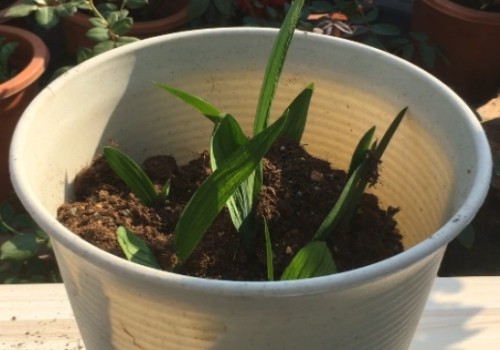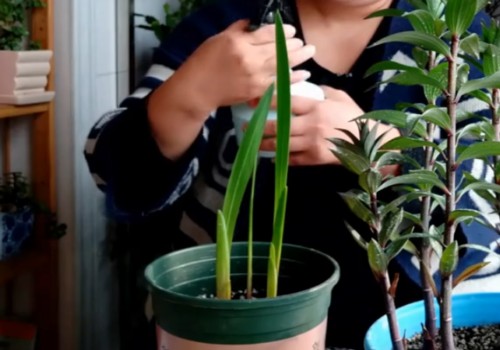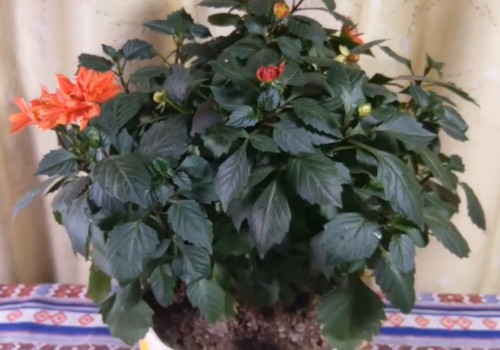What if Xiangxue orchid has long leaves and does not blossom?
Freesia is a lovely flowering plant, ideal for growing as a home potted plant, and it also emits a pleasant fragrance that fills the room with fragrance. However, compared to many flowers and plants, vanilla is also more delicate, so our usual conservation management must not be careless.

Although the fragrant and beautiful flowers of snow orchid, if the conservation and management work is not done properly, the phenomenon of long branches and thin leaves may occur, which will inevitably affect the flowering to a great extent, and it is easier to cause the lodging of plants. So, what about the long branches and thin leaves of vanilla without flowering? How to avoid the situation of long leaves and thin flowers of vanilla?
In fact, with the continuous growth, especially in the case of insufficient light, vanilla is more likely to appear long, and it is easy to appear long from the seedling stage. If we do not take scientific treatment in time, then it will grow long branches and thin leaves, thus lodging, no flowering. To avoid this situation, first of all, when the seedlings grow to 8-10 cm high, the stems should be removed or topped.
After topping or topping treatment, the original freesia loses the top growth advantage, it will smoothly pull out the lateral branches, but also achieve the purpose of controlling the height of the plant, and its stems and branches will grow stronger and thicker, thus avoiding the phenomenon of excessive length and lodging. Therefore, picking or topping the stem from the seedling stage is an effective means to prevent the growth of branches and thin leaves.
However, with the continuous growth of plants, some branches may still grow too long, and the probability of long branches and thin leaves and the phenomenon of excessive growth and lodging will also occur. For this reason, we also need to intervene with the help of the drug chlormequat. Chlormequat, as its name implies, has the effect of controlling the growth of plant branches after application, so that plants grow short and strong.
However, the use of chlormequat also needs attention, both to control the dosage of the drug, but also to control the frequency of use, so as to achieve the effect we want. If too little is used, the dwarfing effect may not be achieved; if too much is used, the growth of the plant may be severely inhibited, resulting in no flowering.
Time: 2019-05-27 Click:
- Prev

What if Xiangxue orchid only grows leaves but does not blossom?
Although Xiangxue orchid blossoms beautifully and has high ornamental value as a potted plant, it is often vulnerable to environmental impact and a variety of poor growth conditions. In particular, its stems and branches are relatively thin and small, and it is easy to grow and lodge. If we encounter the phenomenon that Xiangxue orchid only grows leaves but does not blossom
- Next

How do dahlias grow and bloom to last?
Dahlias not only bloom beautifully, but also have a long flowering period. if well maintained and managed, dahlias can basically open from June to December, and the half-year flowering period is also very long in the flower and plant world. And as long as the growth environment is suitable and the conditions are suitable for flowering, dahlias can blossom many times in a year.
Related
- Fuxing push coffee new agricultural production and marketing class: lack of small-scale processing plants
- Jujube rice field leisure farm deep ploughing Yilan for five years to create a space for organic food and play
- Nongyu Farm-A trial of organic papaya for brave women with advanced technology
- Four points for attention in the prevention and control of diseases and insect pests of edible fungi
- How to add nutrient solution to Edible Fungi
- Is there any good way to control edible fungus mites?
- Open Inoculation Technology of Edible Fungi
- Is there any clever way to use fertilizer for edible fungus in winter?
- What agents are used to kill the pathogens of edible fungi in the mushroom shed?
- Rapid drying of Edible Fungi

